Share This Article On Social Media:
Explore Similar Categories:
By Rob Warner, Guest Writer for the Middlesex County Museum
It was hard to pick a title for this story because it has so many interesting parts. Like all stories, and coins, this one has two sides. The story I am telling is the side of the coin you don’t hear too often. It is the Native American – Indian side of the story. It is also a story where I start in the middle, go to the end, and then tell the beginning. Please be patient with me, it’s the best I can do.
Englishmen and Europeans in general are not always easy to get along with. Jamestown was founded in 1607. On their way to Jamestown Island the ships stopped at several places in what is now the Norfolk area to contact Indians. These contacts ended by shooting Indians. Needless to say, the start of Jamestown was hard, and involved conflict with the Indians. Why was that, THAT IS THIS STORY. It is almost like the Indians of the Powhatan Confederacy and their Chief Wahunsonacock, knew what the English wanted.
In the 100 years before Jamestown, the Spanish found the “New World” (via the Italian Columbus) and became the wealthiest country in Europe. This wealth was based on New World Gold and Silver. Briton, France, Holland, and Scandinavian countries all wanted to do the same in the New World. They also wanted bases in the New World, from which to raid (pirate) the annual Spanish Treasure Fleet as it sailed to Seville, Spain.
OK, back to the story and our most important person in Colonial Virginia, his name is “Opechancanough” (O–pe–chan–can–ough) older brother or cousin to the Powhatan Chief Wahunsonacock. So what did he do to become the Most Important Person? I will tell you the four most important events now, then fill in a little detail.
1607 – He captured Captain John Smith and took him to many Indian villages north of the James River including the Middle Peninsula (Middlesex, Gloucester, Mathews, and Essex Counties) and the Northern Neck. He then released Smith. NOTE: Opechancanough with captive Smith were in Middlesex and Essex between 20 and 27 December 1607
1618 – Opechancanough becomes chief of the Powhatan tribes after his younger brothers death.
1622 – March, Opechancanough plans and leads the massacre of Jamestown settlers, 347 English men, women, and children killed.
1644 – April, Opechancanough plans and leads the second massacre of Virginia Settlers, 400 English men, women, and children killed.
In 1645 Opechancanough was captured somewhere on the Northern Neck by Henry Fleet and taken to Jamestown for trial. He was shot in the back by a guard and killed before his trial. Many settlers wrote and believed he was over 100 years old at his death. (this story makes him 101 years old) In the last battles he was said to have been carried on a stretcher to lead his warriors. Opechancanough had spent almost 40 years trying to stop English settlement of Virginia land which belonged to the Indians. How did he know, as an Indian, that the English had planned to exploit the Indians and their lands? Remember many of our stories of Virginia include “Heroic settler XYZ protected his farm and family from Indian attack.” That story does not include the fact that settler XYZ had first moved on to land that was clearly Indian land.
OK, now let’s start at the beginning of this story,What may have been Opechancanough’s early life and possible contact with the Spanish. This cannot be proven, but some facts, and recent historians merging of Spanish and English records make it possible. Opechancanough was probably born about 1544 , perhaps at the Indian village of Kiskiackia, on the York River about 15 miles from Jamestown. In 1561 a Spanish ship, a caravel, under command of Antonio Velazquez was exploring the Chesapeake Bay. A tall, young 17 year old, Kiskiack Indian, son of the chief was taken or given by the chief to be educated in Spain and returned in 3 years. The Spanish determined that his Indian name was “Paquiquineo” Once educated in Spanish culture he could then act as translator between the Spanish and Virginia Indians. He “Opechancanough” was taken to Spain, educated by Dominican priests in Seville, met King Philip II and also visited Cuba, Mexico, and Florida. Well, 3 years quickly became almost 10 years. While in Mexico he became a Catholic convert, and took the Spanish name “Don Luis”. On September 10, 1570 Don Luis or Paquiquineo or Opechancanough, two Jesuit Priests, 6 Jesuit Brothers and an alter boy Alonso de Olmos (also called Aloncito) arrived in Virginia somewhere near Queens Creek on the York River to establish the Spanish Ajacan Mission. A settlement was started, but all ended quickly. Opechancanough left the settlement , found his family and Indian tribe, and took several wives. This caused a falling out with the Jesuits, and led to Opechancanouh and his tribe massacring all the Spanish except Aloncito the alter boy. Some believe the Jesuits may have mistreated Opechancanough and Aloncito and that is why he spared Aloncito. In August 1572, Spanish Captain Pedro Menendez de Aviles came from Florida to determine the state of the mission in Virginia. He quickly realized it had failed. He saw Indians wearing the priests cloths and by capturing Indians learned what happened. He was able to ransom Aloncito and take him back to Florida, but not before killing between 15 and 30 Indians. He never encountered Opechancanough. Virginia Indians changed their names due to major events in their lives. The name Opechancanough is reported to mean “He whose soul is white”, and may refer to early contacts with Europeans (Spanish) – Whites.
If this story is even roughly correct it shows how one highly important Virginia Indian (Opechancanough) could be so aware of why it was important for Indians to keep the British and all Europeans from settling America. He had seen the culture, cities, technology and large-dense populations of Spain. He had seen how the Spanish mistreated Indians in Mexico and the Caribbean Islands. My story is based on historical work done since 1970. It includes Virginia legends, historical facts, and comments concerning Opechancanough, and the very accurate information recorded by the Spanish between 1560 and 1580. The story has only become clear or possible when the two sources were recently combined. Within 10 years after Opechancanough’s death almost all Indians were eliminated from Virginia lands east of Richmond.
CAPTION INFORMATION: Drawing. Captain John Smith threatens Opechancanough, in 1608. Note: During first contact years Indians were much larger than the English. In 1607 the average Englishman was between 4 foot 8 inches and 5 foot 2 inches in height. John Smith was considered tall at 5 foot 10 inches. Opechancanough must have been at least 6 foot 4 inches. The Indians lifestyle was very healthy, even though they had stone age technology. Europeans had high technology but perhaps significantly lower health.


